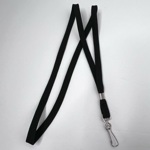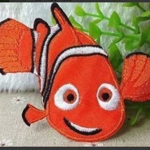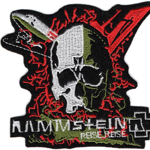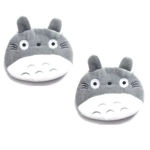1 NEW SUGAR SKULL IRON ON Patch Decorated Skull Embroidered Patches Clothing Badge
-
Want this? Get started withGet Started50 PTSFREE!
BRAND NEW
FREE SHIPPING INCLUDED
About (3 x 2 INCHES)
GREEN SUGAR SKULL
Indigenous Mexican art celebrates the skeleton and uses it as a regular motif. The use of skulls and skeletons in art originated before the Conquest: The Aztecs excelled in stone sculptures and created striking carvings of their Gods. Coatlicue, the Goddess of earth and death, was portrayed with a necklace of human hearts, hands and a skull pendant. She was imbued with the drama and grandeur necessary to dazzle the subject people and to convey the image of an implacable state. The worship of death involved worship of life, while the skull – symbol of death – was a promise to resurrection. The Aztecs carved skulls in monoliths of lava, and made masks of obsidian and jade. Furthermore, the skull motif was used in decoration. They were molded on pots, traced on scrolls, woven into garments, and formalized into hieroglyphs.
When the Spanish invaded and conquered Tenochtitlan in the sixteenth century, they imposed the Catholic religion and Spanish folk-practices of the era. This included the pagan tradition of celebrating the dead with food-offerings and feasts. However, the Spanish priests were eager to discontinue these ancient traditions that found fertile ground in Mexico. The Spanish suppressed the Mexican skull art tradition because it was too Indito or pagan for their refined European tastes. Not until Mexico won its independence from Spain in 1821, did skull art begin to re-emerge as a symbol of Mexicanidad. Dia De Los Muertos.




















Questions & Comments
Sort By: